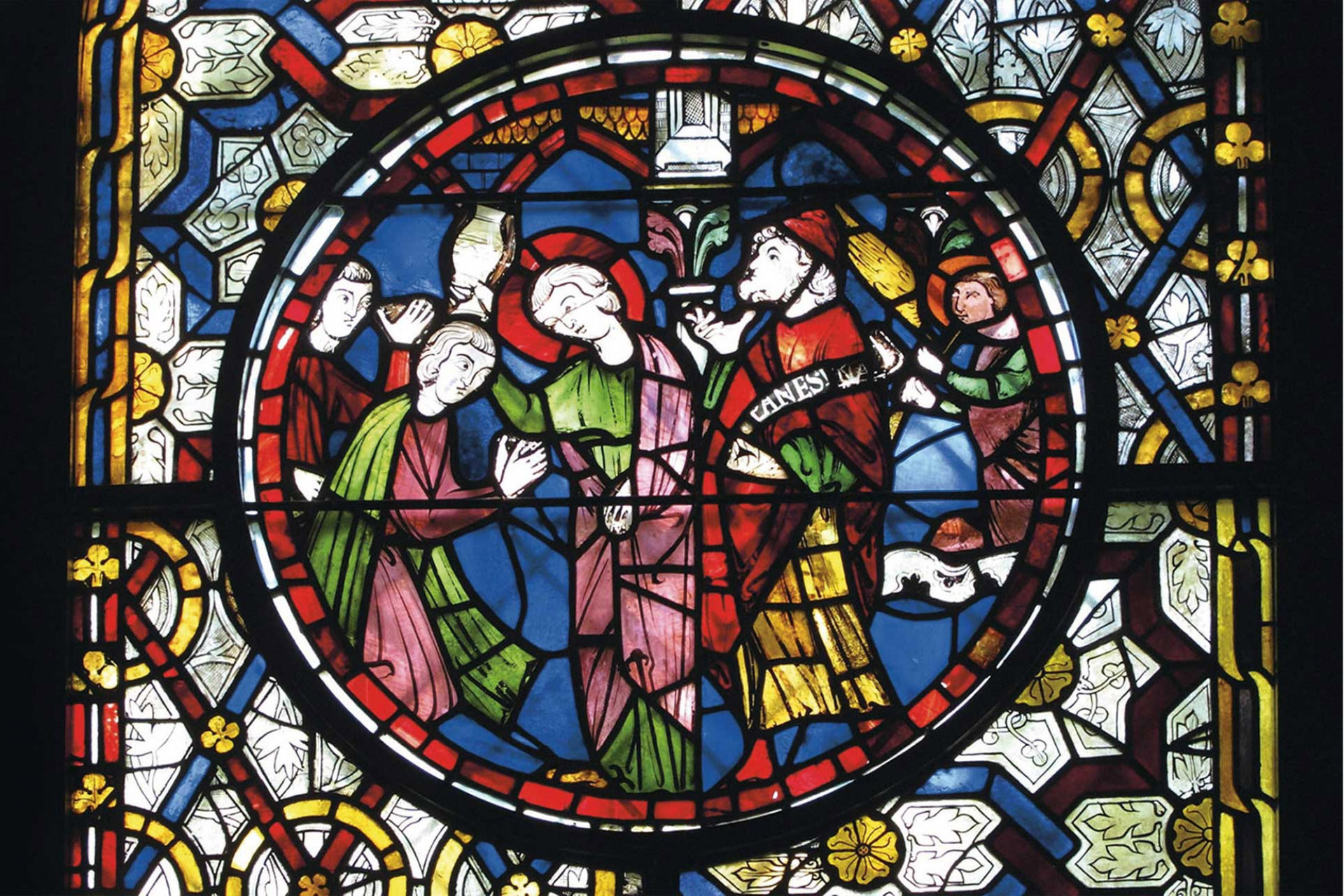MEMS and the School of English are delighted to announce a unique doctoral opportunity. It has arisen as a result of the award of an … Read more
Month: April 2019
Cassandra Harrington on the Lyghfield Bible workshop
Cassandra Harrington | clh62@kent.ac.uk PhD Candidate, Centre for Medieval and Early Modern Studies, University of Kent After a rare opportunity, and successful auction bid in … Read more
Jessica Schwindenhammer on the Lyghfield Bible workshop
Jessica Schwindenhammer | js2095@kent.ac.uk Taught MA student, Centre for Medieval and Early Modern Studies, University of Kent On 4 March 2019, MEMS lecturers, Dr. David Rundle … Read more



